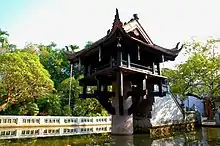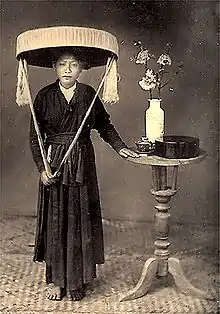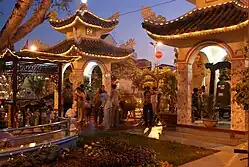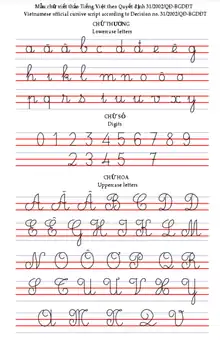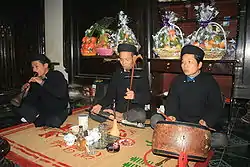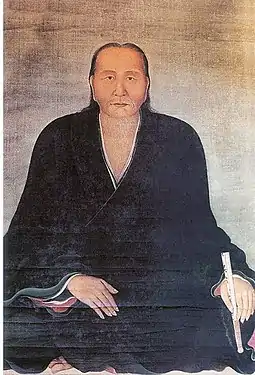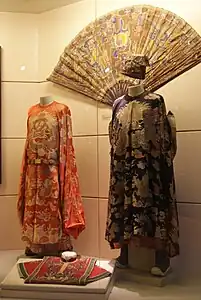Welcome to the Vietnam portal / Chào mừng bạn đến với Cổng thông tin Việt Nam | |||
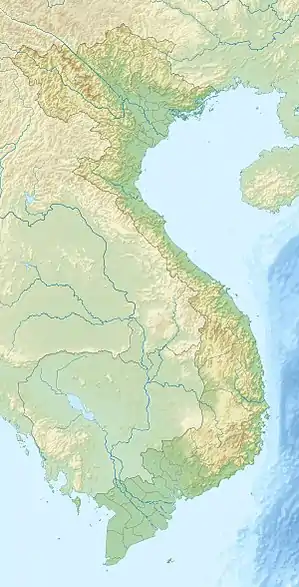 | |
Vietnam was inhabited by the Paleolithic age, with states established in the first millennium BC on the Red River Delta in modern-day northern Vietnam. The Han dynasty annexed Northern and Central Vietnam under Chinese rule from 111 BC, until the first dynasty emerged in 939. Successive monarchical dynasties absorbed Chinese influences through Confucianism and Buddhism, and expanded southward to the Mekong Delta, conquering Champa. During most of the 17th and 18th centuries, Vietnam was effectively divided into two domains of Đàng Trong and Đàng Ngoài. The Nguyễn—the last imperial dynasty—surrendered to France in 1883. In 1887, its territory was integrated into French Indochina as three separate regions. In the immediate aftermath of World War II, the nationalist coalition Viet Minh, led by the communist revolutionary Ho Chi Minh, launched the August Revolution and declared Vietnam's independence in 1945.
Vietnam went through prolonged warfare in the 20th century. After World War II, France returned to reclaim colonial power in the First Indochina War, from which Vietnam emerged victorious in 1954. As a result of the treaties signed between the Viet Minh and France, Vietnam was also separated into two parts. The Vietnam War began shortly after, between the communist North, supported by the Soviet Union and China, and the anti-communist South, supported by the United States. Upon the North Vietnamese victory in 1975, Vietnam reunified as a unitary socialist state under the Communist Party of Vietnam (CPV) in 1976. An ineffective planned economy, a trade embargo by the West, and wars with Cambodia and China crippled the country further. In 1986, the CPV initiated economic and political reforms similar to the Chinese economic reform, transforming the country to a socialist-oriented market economy. The reforms facilitated Vietnamese reintegration into the global economy and politics.
A developing country with a lower-middle-income economy, Vietnam is one of the fastest-growing economies of the 21st century. Vietnam has high levels of corruption, censorship, environmental issues and a poor human rights record; the country ranks among the lowest in international measurements of civil liberties, freedom of the press, and freedom of religion and ethnic minorities. It is part of international and intergovernmental institutions including the ASEAN, the APEC, the CPTPP, the Non-Aligned Movement, the OIF, and the WTO. It has assumed a seat on the United Nations Security Council twice. (Full article...)
Selected article -
The Mekong Delta (Vietnamese: Đồng bằng Sông Cửu Long, lit. 'Nine Dragon River Delta' or simply Đồng Bằng Sông Mê Kông, 'Mekong River Delta'), also known as the Western Region (Vietnamese: Miền Tây) or South-western region (Vietnamese: Tây Nam Bộ), is the region in southwestern Vietnam where the Mekong River approaches and empties into the sea through a network of distributaries. The Mekong delta region encompasses a large portion of south-western Vietnam of over 40,500 km2 (15,600 sq mi). The size of the area covered by water depends on the season. Its wet coastal geography makes it an important source of agriculture and aquaculture for the country.
The delta has been occupied as early as the 4th century BC. As a product of Khmer, Vietnamese, Chinese, and French settlement in the region, the delta and its waterways have numerous names, including the Khmer term Bassac to refer to the lower basin and the largest river branch flowing through it.
After the 1954 Geneva Conference, Vietnam was split into two with South Vietnam inheriting the southern half of Vietnam becoming the State of Vietnam and eventually the Republic of Vietnam, also known as South Vietnam, with their own administrative states (see). After 1975, the Mekong Delta ceased being a part of the Republic of Vietnam, succeeded by the current Vietnamese nation. Today, the region comprises 12 provinces: Long An, Đồng Tháp, Tiền Giang, An Giang, Bến Tre, Vĩnh Long, Trà Vinh, Hậu Giang, Kiên Giang, Sóc Trăng, Bạc Liêu, and Cà Mau, along with the province-level municipality of Cần Thơ. (Full article...)Selected picture
Did you know -
Newer entries
- ... that fourteenth-century Buddhist monk Tuệ Tĩnh is referred to as a founding father of traditional Vietnamese medicine?
- ... that Vietnam War photojournalist Art Greenspon was wounded in the face by a shot that had first passed through colleague Co Rentmeester's hand?
- ... that Esmond Venner Keogh was awarded the Distinguished Conduct Medal in World War I and later protested against the Vietnam War?
- ... that war correspondent Jurate Kazickas financed her plane ticket to Vietnam in 1967 with a US$500 win on the game show Password?
- ... that the 1983 memoir Home Before Morning, which details the author's time as a Vietnam War nurse, is dedicated to "all of the unknown women who served forgotten in their wars"?
- ... that the statue of Trần Hưng Đạo in Mê Linh Square was erected by the South Vietnamese Navy, who regarded him as a patron saint?
General images -
Vietnam News
- 13 September 2023 – 2023 Hanoi building fire
- At least 56 people are killed and 37 others are injured in a fire at a nine-story apartment building in Hanoi, Vietnam. (Al Jazeera)
- 11 July 2023 – Australia–Vietnam relations
- The Vietnamese government releases Australian democracy activist Chau Van Kham from a 12-year prison sentence on terrorism charges following an appeal by Australian prime minister Anthony Albanese. (AP)
- 3 July 2023 – Censorship in Vietnam
- Vietnam announces that it will ban the upcoming American film Barbie over a scene showing a map displaying the nine-dash line in the South China Sea, which Vietnam does not recognize. (Reuters)
- 11 June 2023 – 2023 Đắk Lắk shooting
- Four police officers are killed and two others are injured in shootings at two police stations in Cư Kuin, Đắk Lắk, Vietnam. Sixteen people are arrested. (CNA)
Categories
WikiProject Vietnam
- WikiProject Countries
- WikiProject Southeast Asia
- WikiProject Vietnam
- WikiProject Southeast Asia
Wikipedias in Vietnamese languages
Topics
Recognized content
Featured articles
- 3rd Battalion, 3rd Marines
- 1955 State of Vietnam referendum
- 1960 South Vietnamese coup attempt
- 1964 Brinks Hotel bombing
- Arrest and assassination of Ngô Đình Diệm
- Ba Cụt
- Operation Camargue
- Wesley Clark
- December 1964 South Vietnamese coup
- Battle of Điện Biên Phủ
- Double Seven Day scuffle
- Thích Quảng Đức
- Durian
- Gerald Ford
- Thomas J. Hudner Jr.
- Huế chemical attacks
- Javan rhinoceros
- Krulak–Mendenhall mission
- Lê Quang Tung
- Early life and military career of John McCain
- John McCain
- McDonnell Douglas F-4 Phantom II
- USS New Jersey (BB-62)
- Ngô Đình Cẩn
- Arrest and assassination of Ngo Dinh Diem
- Ngô Đình Diệm presidential visit to Australia
- Nguyễn Chánh Thi
- Operation Passage to Freedom
- Phạm Ngọc Thảo
- Phan Đình Phùng
- Phan Xích Long
- September 1964 South Vietnamese coup attempt
- 1962 South Vietnamese Independence Palace bombing
- Tang dynasty
- Nguyễn Ngọc Thơ
- Tôn Thất Đính
- Việt Nam Quốc Dân Đảng
- Xá Lợi Pagoda raids
Featured lists
- List of Asian Pacific American Medal of Honor recipients
- Chairman of the National Assembly of Vietnam
- General Secretary of the Communist Party of Vietnam
- List of Vietnamese submissions for the Academy Award for Best International Feature Film
- List of Medal of Honor recipients for the Vietnam War
- List of World Heritage Sites in Vietnam
Good articles
- 2nd Battalion, 9th Marines
- 6th National Congress of the Communist Party of Vietnam
- 10th National Congress of the Communist Party of Vietnam
- 15th Sustainment Brigade
- 18th Engineer Brigade (United States)
- 20th Engineer Brigade (United States)
- 173rd Airborne Brigade Combat Team
- Action of 23 August 1967
- Agent Orange
- American Gangster (film)
- Typhoon Angela (1989)
- Áo dài
- Attack on Camp Holloway
- Attack on USNS Card
- Peter Badcoe
- Battle of Ap Bac
- Battle of Ban Me Thuot
- Battle of Binh Gia
- Battle of Coral–Balmoral
- Battle of Đồng Xoài
- Battle of Gang Toi
- Battle of Kham Duc
- Battle of Lang Vei
- Battle of Lima Site 85
- Battle of Loc Ninh
- Battle of Long Khánh
- Battle of Muong Khoua
- Battle of Ong Thanh
- Battle of Suoi Bong Trang
- Battle of Suoi Chau Pha
- Battle of Xuân Lộc
- Birdy (film)
- Bombing of Tân Sơn Nhứt Air Base
- Born on the Fourth of July (film)
- Cambodian Civil War
- Cambodian–Vietnamese War
- Cambodian campaign
- Coast Guard Squadron One
- George Thomas Coker
- Commercial Import Program
- Typhoon Dan (1989)
- Typhoon Dot (1985)
- Typhoon Elsie (1989)
- Jane Fonda
- Hue–Da Nang Campaign
- Huế Phật Đản shootings
- I Ching
- The Inbetweeners 2
- George McTurnan Kahin
- Khmer language
- Lê Duẩn
- Lê Văn Duyệt
- Tropical Storm Linda (1997)
- Malaysia–Vietnam relations
- National Museum of Vietnamese History
- Ngô Đình Diệm presidential visit to the United States
- Nguyễn Văn Nhung
- Operation Bribie
- Operation Coburg
- Operation Crimp
- Operation Eagle Pull
- Operation Frequent Wind
- Operation Shed Light
- Patrol Air Cushion Vehicle
- Politics of Vietnam
- Prime Minister of Vietnam
- Pygmy slow loris
- Leslie H. Sabo Jr.
- Sarus crane
- Norman Schwarzkopf Jr.
- September 2009 Vietnam tropical depression
- State visit by Ngô Đình Diệm to the United States
- Tropical Storm Soudelor (2009)
- Southward expansion of the Han dynasty
- Tạ Phong Tần
- Tết Offensive
- Tịnh Xá Trung Tâm
- Typhoon
- Typhoon Wayne (1986)
- Typhoon Xangsane
- Humbert Roque Versace
- Vietnam Airlines
- Vietnam and the World Bank
- Vietnamese Cambodians
Things you can do
In rough order of importance, by type of task.
- Tagging and assessment
- Tag the talk pages of all Vietnam-related articles that are not already tagged with {{WPVN}}.
- Assess all of our unknown-quality and unknown-importance articles.
- Article improvement
- Expand and improve our Top-importance Vietnam articles, especially those that are rated Start-class or Stub-class.
- Add references to Vietnam-related BLPs that lack them.
- Improve the articles in our cleanup listing (some of these have been tagged since 2006).
- Standardize and improve the articles on Vietnam's regions, provinces, districts and populated places (some are just one sentence).
- Translate, create or expand articles listed under Requested articles.
- Take care of requests at Category:Wikipedia requested maps in Vietnam (474 as of October 2012).
- Take care of requests at Category:Wikipedia requested photographs in Vietnam (461 as of October 2012).
- Expand and improve the articles on all 54 officially recognized ethnic groups in Vietnam.
- Determine and add etymologies of the district names for each district listed at Category:Districts of Vietnam.
- Policy and guidelines
- Further develop our style guidelines.
- Regular maintenance
- Maintain the Vietnam portal: pick featured articles and featured pictures, update monthly DYK list, etc.
- Maintain WikiProject Vietnam and related pages (including our task list!)
- Verify the status of Vietnam-related articles up for deletion.
Related Portals
Southeast Asia
Other countries
Associated Wikimedia
The following Wikimedia Foundation sister projects provide more on this subject:
-
 Commons
Commons
Free media repository -
 Wikibooks
Wikibooks
Free textbooks and manuals -
 Wikidata
Wikidata
Free knowledge base -
 Wikinews
Wikinews
Free-content news -
 Wikiquote
Wikiquote
Collection of quotations -
 Wikisource
Wikisource
Free-content library -
 Wikiversity
Wikiversity
Free learning tools -
 Wikivoyage
Wikivoyage
Free travel guide -
 Wiktionary
Wiktionary
Dictionary and thesaurus
-
 List of all portalsList of all portals
List of all portalsList of all portals -
 The arts portal
The arts portal -
 Biography portal
Biography portal -
 Current events portal
Current events portal -
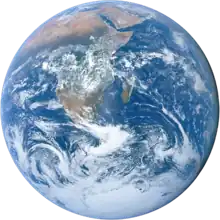 Geography portal
Geography portal -
 History portal
History portal -
 Mathematics portal
Mathematics portal -
 Science portal
Science portal -
 Society portal
Society portal -
 Technology portal
Technology portal -
 Random portalRandom portal
Random portalRandom portal -
 WikiProject PortalsWikiProject Portals
WikiProject PortalsWikiProject Portals
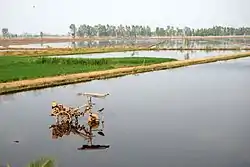

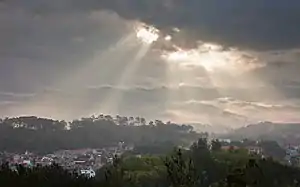



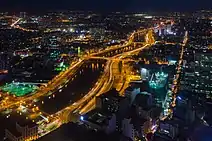

%252C_d%C3%A9l%C3%A9gu%C3%A9_indochinois%252C_Congr%C3%A8s_communiste_de_Marseille%252C_1921%252C_Meurisse%252C_BNF_Gallica.jpg.webp)
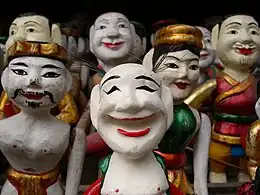
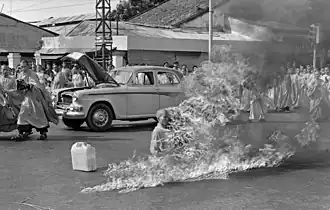
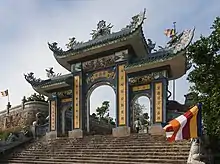
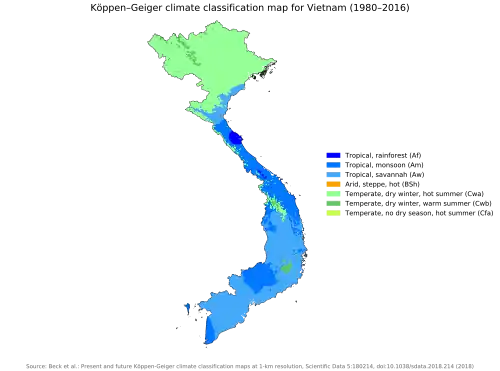
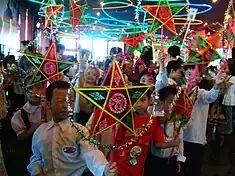
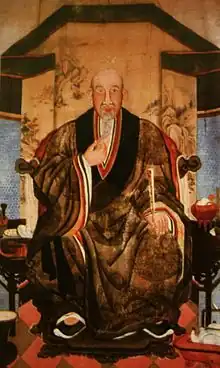
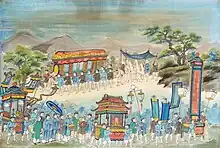
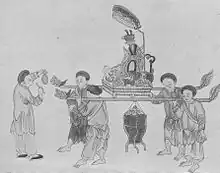
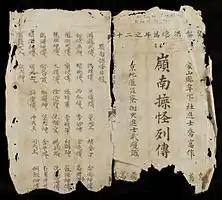
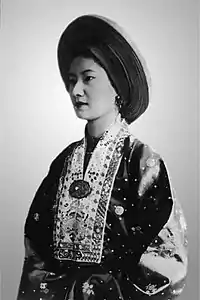
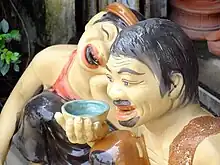
.jpg.webp)
